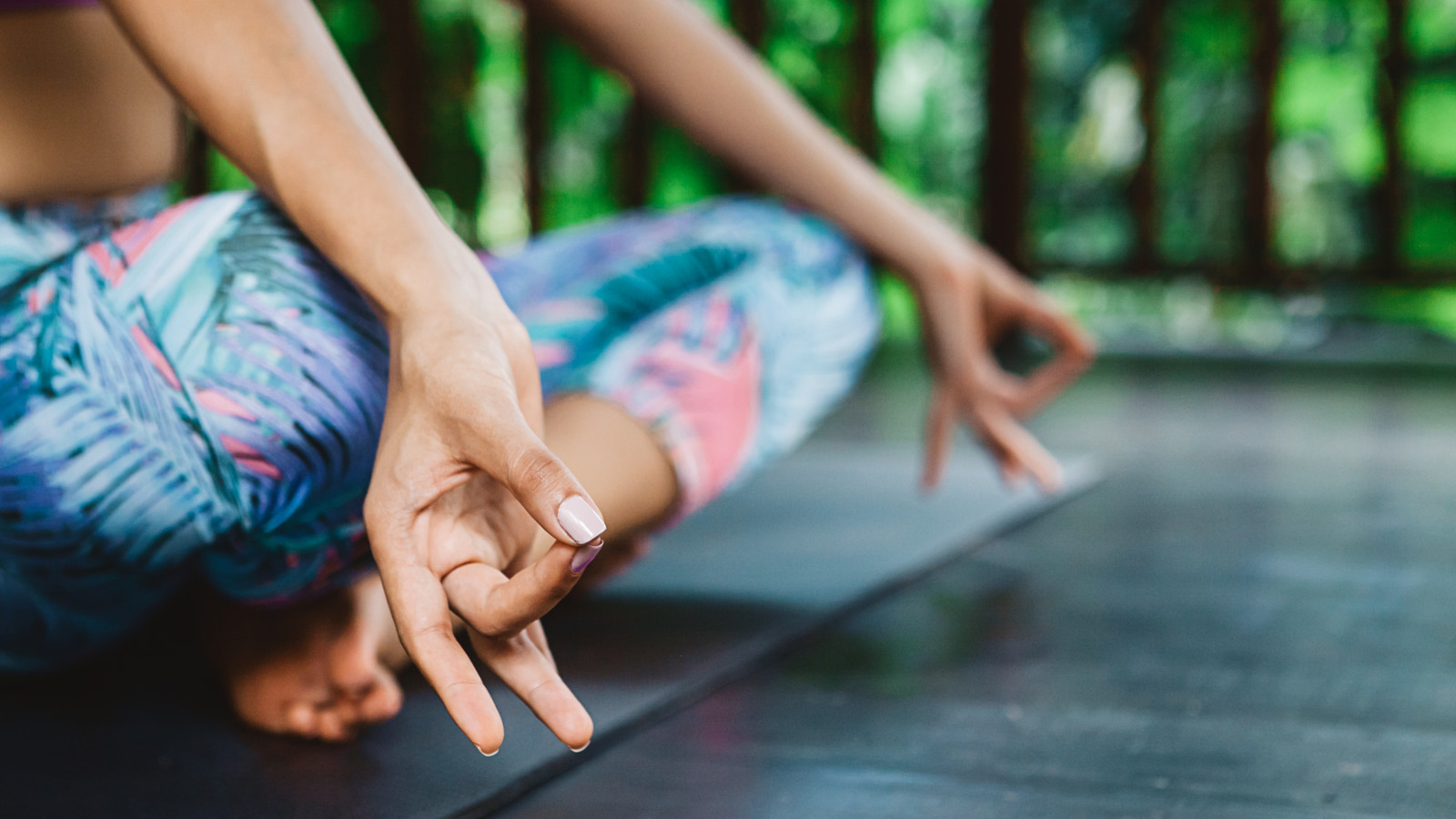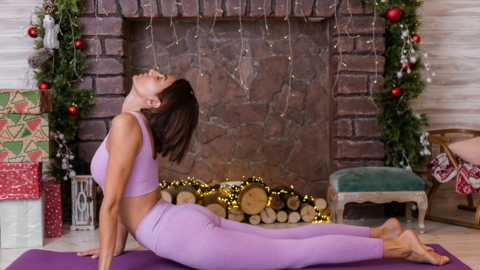Should I Experience Pain While Stretching?
Tips for a safe and effective stretching training
Stretching should be uncomfortable at the end range of motion, but not painful. Keeping the discomfort level around 5 out of 10 instead of higher can help ensure that you are stretching safely and not causing stress to your ligaments. If you experience dull discomfort, you’re likely doing it right! If there’s a sharp, burning pain, that’s your body telling you to back off and go a little easier. Great discomfort isn’t necessary to make gains in your flexibility; it’s consistency and safe progressions that matter.

How to control the level of discomfort and avoid injuries?
1. ALWAYS Warm Up
Start your training with a proper and thorough warm-up. It will prepare your body for a workout by loosening the joints and increasing blood flow to the muscles. All STRETCHIT classes start with a warm-up, so you don’t need to do anything in particular before a class. If you feel you need a little extra, do any cardio exercise you like (running, jumping, etc.). Some people find that helpful for their stretching practice.
2. Engage Your Muscles
We don’t recommend any kind of passive stretching. Stay engaged when doing the exercises. Doing so will reduce the discomfort level, secure the safety of the stretches and stability of the ligaments. Our bodies have a natural mechanism or reflex called Reciprocal Inhibition. Muscles work in opposing pairs. Put simply, this reflex works in such a way that when you engage your quads (or any muscle), the hamstrings (or opposing muscle) automatically relax, allowing you to get further into your hamstring stretch. So basically, engaging your quads tells the hamstrings it’s safe to release.

This is why you feel a stronger, deeper stretch when you activate the opposing muscle. It is a safety mechanism to prevent your muscles from shortening out of panic and to support the joints. Activating a muscle also means you are engaging your body in the stretch instead of just tugging on your ligaments and connective tissue (which happens in passive stretching). Active stretching gets the stretch into the muscles in the proper way, preventing injury to those inelastic tissues.
3. Use Props and Modifications
Don’t push yourself too hard, and only go as far as your body allows. If you are not ready for an exercise, modify it. Keep your hands on the floor in a lunge, hold on to a wall or a chair in dancer pose, bend your forward leg in pigeon, substitute middle split with a half-split, froggie or straddle. Breathe. Take your time, keep practicing at your own pace, and you will totally rock it soon.
Use yoga blocks and a strap to extend your reach. You can substitute yoga blocks with anything supportive for your hands, i.e., pillows or books; and a strap with a belt or a towel.

4. Don’t Forget to Rest
To avoid overtraining, be sure to give yourself time to recover. While it’s natural to get excited about your progress, it’s important to schedule days off too. Listen to your body. If you’re physically tired and aching constantly, it’s time for a breather. Take a bath, get a massage, or just take a day to do something different (a walk in the park, a salsa class, etc.). Ease in as you start—twice a week of training is just fine! As that feels good, and your body starts recovering more quickly, add another day in the week.
Don’t let your head rule your body. Ignore the intellectual “should’s”, and tap into the signals your body is giving you - it is often smarter than your mind!





